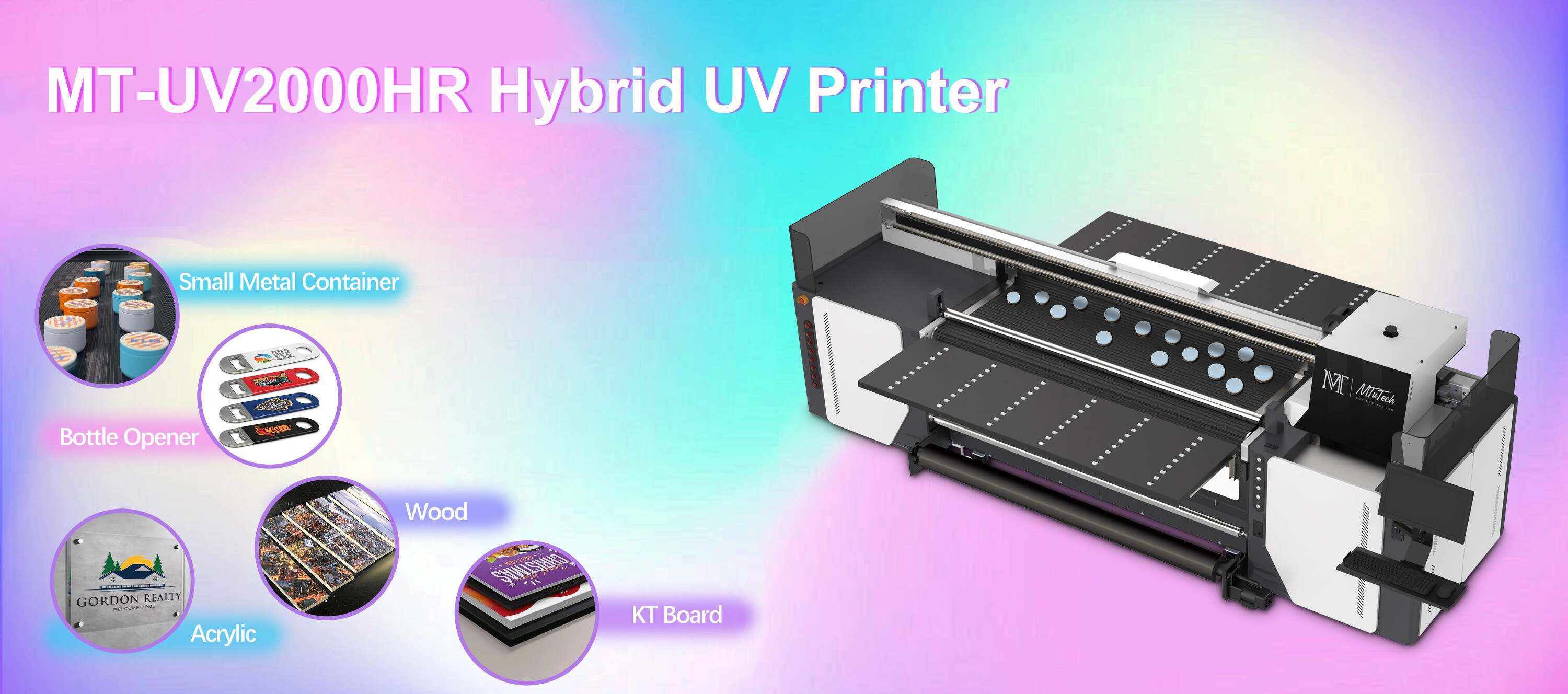
Introduction
In the ever-evolving landscape of architecture and interior design, innovation is crucial for staying competitive. One of the most exciting advancements in printing technology is UV printing. This method is not only transforming how architects and interior designers present their ideas but also enhancing the quality and durability of their designs. In this blog post, we will delve into the benefits, features, and applications of UV printing specifically tailored for architects and interior designers.
What is UV Printing?
UV printing, or Ultraviolet printing, is a digital printing technique that uses ultraviolet light to cure or dry the ink as it is printed. This process involves spraying liquid ink onto various materials, which is then immediately cured by UV light, resulting in a vibrant and durable finish. UV printing is versatile and can be used on a wide range of substrates including plastics, wood, glass, and metal, making it particularly useful for professionals in the architecture and interior design fields.
Benefits of UV Printing for Architects and Interior Designers
1. High-Quality Output
One of the standout features of UV printing is its ability to produce high-resolution images with crisp details and vibrant colors. This quality is essential for architects and interior designers who wish to convey their vision accurately.
2. Fast Turnaround Times
As projects often have strict deadlines, the quick curing time of UV inks allows for faster production. This means that designers can produce high-quality materials without having to wait for long drying times, which can be the case with traditional inks.
3. Versatility in Materials
UV printing can be applied to a variety of surfaces, including:
Wood
Glass
Metal
Plastic
Fabric
Cardboard
This versatility opens up a realm of possibilities for custom designs and furniture, allowing architects and designers to experiment with different materials.
4. Durability and Resistance
UV-cured inks are known for their durability. They resist scratches, fading, and water damage, making them suitable for both indoor and outdoor applications. This quality ensures that the printed materials maintain their appearance over time, which is vital for sample displays and presentations.
5. Eco-Friendly Options
With increasing environmental concerns, UV printing presents a more sustainable option compared to traditional printing methods. Many UV inks are free of volatile organic compounds (VOCs), which means they have a reduced impact on indoor air quality and the environment.
Features of UV Printing Technology
1. Immediate Delivery
UV printing allows for immediate handling of printed materials, enabling architects and designers to deliver samples and projects quickly. There is no waiting time for drying, reducing the overall production cycle.
2. Customization
The technology supports full-color prints and is capable of producing intricate designs. This level of customization allows architects and interior designers to create unique presentations that resonate with their vision and the aesthetic requirements of their clients.
3. 3D Textures
Some UV printers can create raised, textured finishes that add depth to designs. This feature can be particularly useful for creating tactile presentations or distinct surface finishes that stand out from the usual flat prints.
Applications of UV Printing in Architecture and Interior Design
1. Presentations and Prototypes
Architects often need to present their designs to clients and stakeholders. UV printing allows for the creation of high-quality models, prototypes, and detailed presentations that can effectively communicate their vision.
2. Signage and Branding
Custom signage is crucial in the architectural realm. UV printing can produce durable and eye-catching signs for buildings, offices, and exhibition spaces, helping to enhance branding efforts.
3. Interior Décor Elements
From wallpaper to wall art, UV printing can be used to create custom decor elements that perfectly reflect a project's style. Designers can print unique patterns or images directly onto various surfaces, offering endless design possibilities.
4. Furniture Design
UV printing can also be applied to furniture, allowing for the customization of pieces with vibrant designs or branding elements. This opens up new avenues for personalized interior solutions.
Choosing the Right UV Printer
When it comes to selecting a UV printer, architects and interior designers should consider the following factors:
Print Quality: Look for printers that offer high-resolution output to ensure the best quality for your designs.
Materials Compatibility: Ensure that the printer can handle the types of materials you plan to use.
Speed and Efficiency: Evaluate the printer's speed to meet your project deadlines.
Cost of Ownership: Consider initial costs and ongoing maintenance expenses.
For outstanding results, explore our high-quality UV printers here.
Conclusion
Incorporating UV printing into architectural and interior design workflows can significantly enhance project presentations, increase efficiency, and allow for a greater level of creativity. The technology offers unmatched advantages in terms of quality, versatility, and sustainability. As architects and interior designers continue to seek innovative ways to present their work, UV printing emerges as a powerful tool that can elevate their projects to the next level. By embracing this technology, professionals can ensure that their designs not only stand out but also resonate deeply with their clients.
FAQ
What types of materials can be printed using UV printing?
UV printing can be used on various materials including wood, glass, metal, plastic, fabric, and cardboard. This versatility allows for creative freedom in design and presentation.
Is UV printing eco-friendly?
Yes, many UV inks are free of volatile organic compounds (VOCs) making them a more environmentally friendly option compared to traditional printing methods.
How long does UV printing take?
The speed of UV printing can vary based on the printer and the complexity of the design; however, the curing process is instantaneous, allowing for quick turnaround times.
Can UV printing create textures and raised designs?
Yes, some UV printers are capable of creating 3D textures and raised designs, adding depth and a tactile element to your printed materials.
How does UV printing compare to traditional printing methods?
UV printing offers superior print quality, faster drying times, and greater durability compared to traditional printing methods. It also allows for printing on a wider variety of materials.
